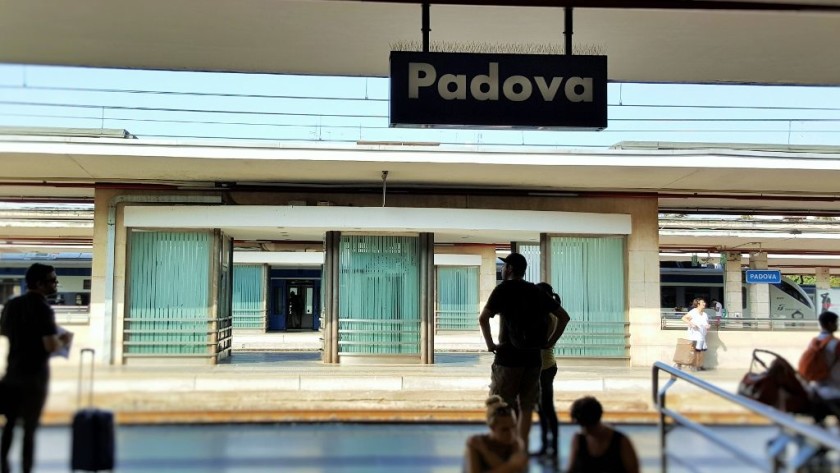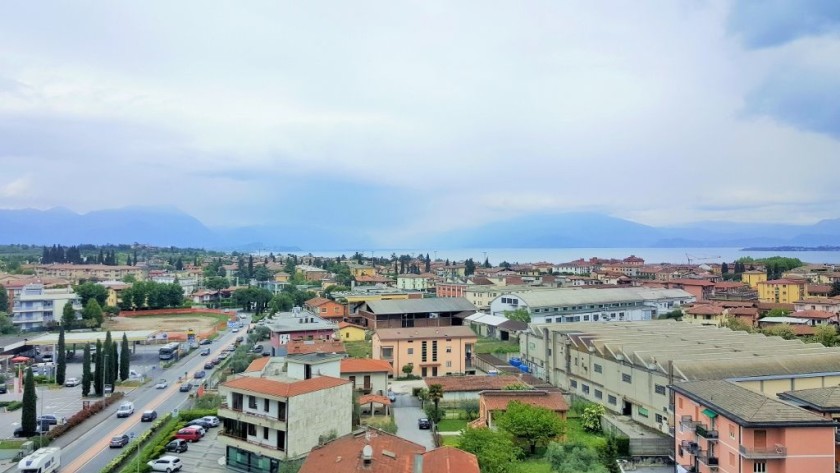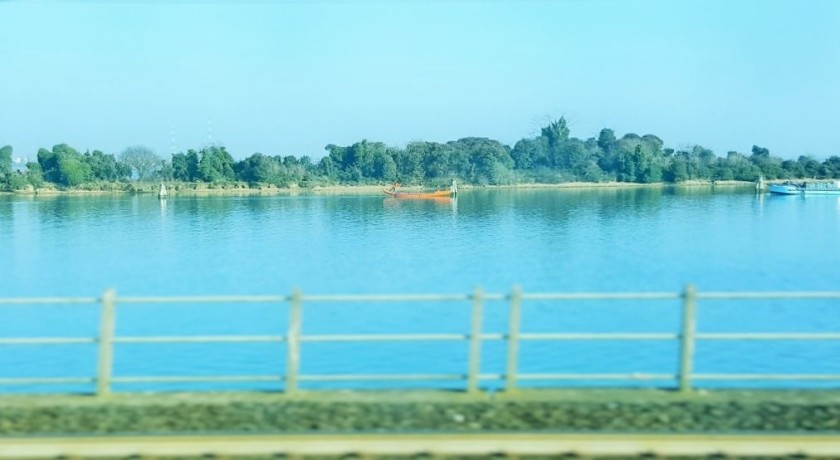Related Content
Content
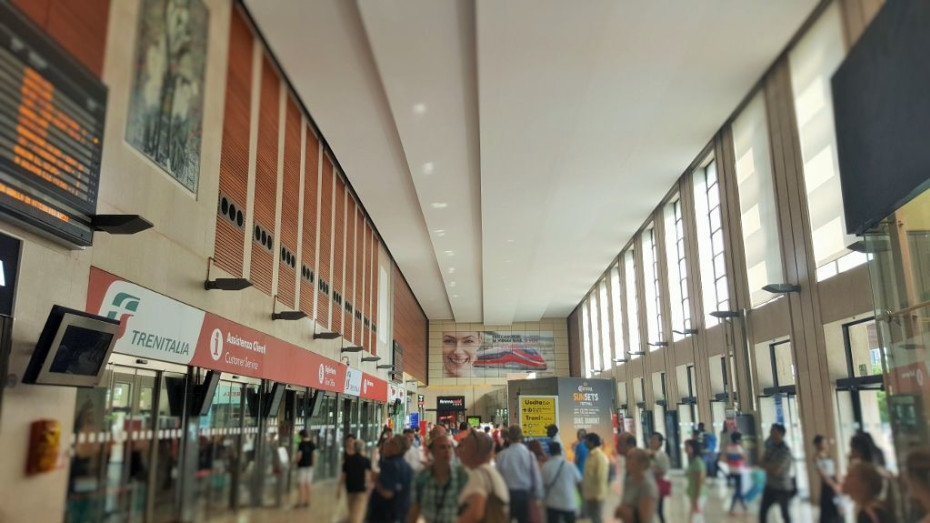
Padova (Padova / Padua)
What to look out for when taking trains to and from the recently modernised main station in Padova (Padua).
Share
At a Glance
Services
Left Luggage
Travel Information Desk
First Class Lounge
Local Tourism Information
Onward Travel
Bus Station
Car Hire
Taxi Rank
Accessibility
Step Free
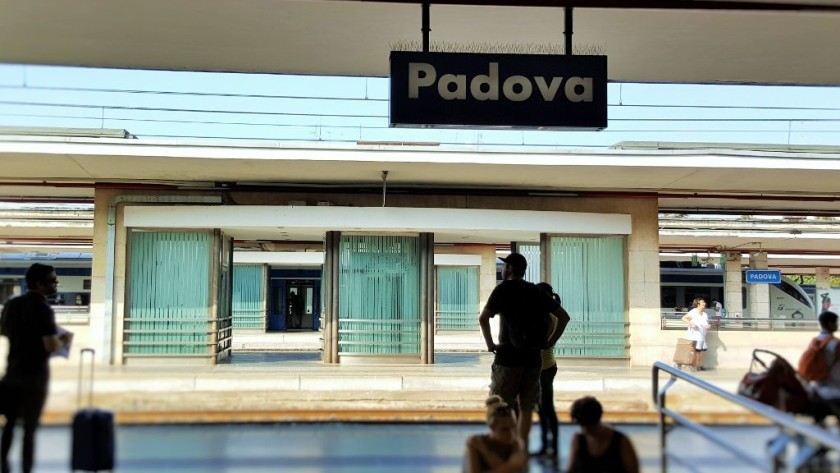
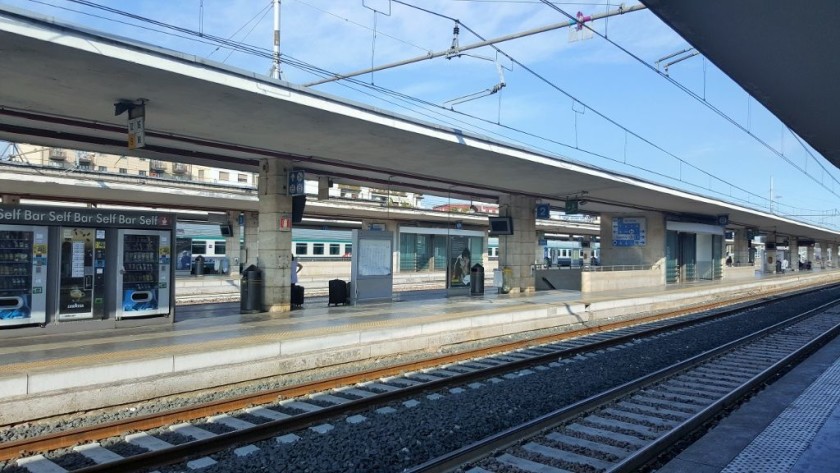
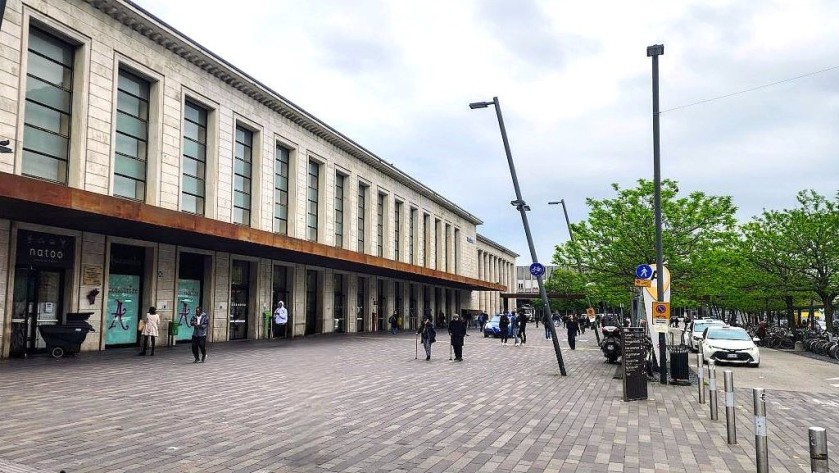
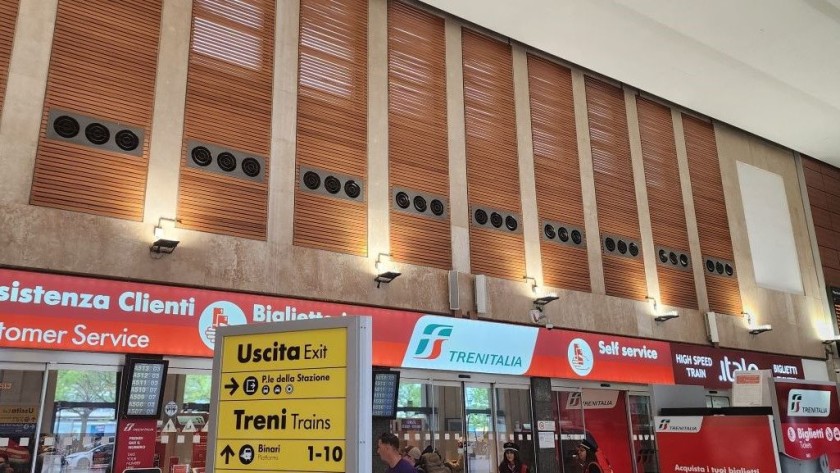
When viewed from the street Padova station looks huge, but its appearance is slightly deceiving, as it’s not a terminus station, so the main station building occupies the space along platform/track (binario) 1.
The main building houses an impressive range of facilities including numerous food and drink outlets, including a small supermarket.
Though the staffed left-luggage office is somewhat tucked away - with the platforms that the trains use behind you, it’s on the far left of the main building.
Departing and Arriving by train:
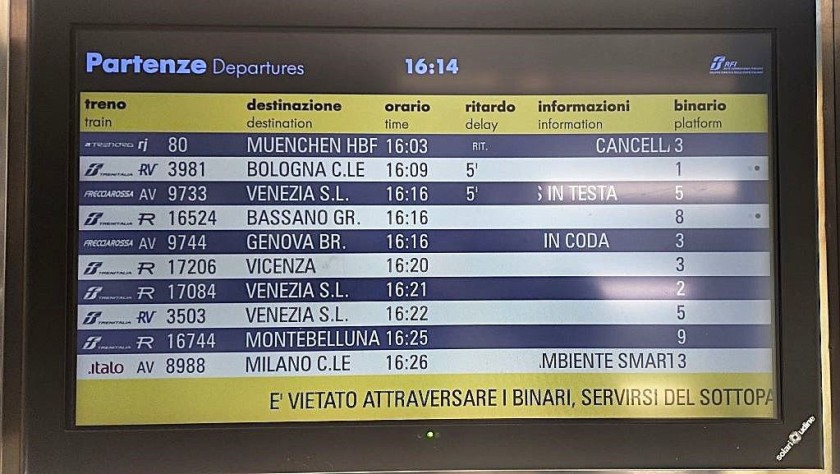
The main station in Padua /Padova isn’t a terminus because virtually all of the trains which use the station are calling while on route to and from other destinations.
So the part of the station which the trains use isn’t particularly large, also multiple departures tend to leave from each of the binari (platforms/tracks) every hour, so pay close attention to the departure indicators on each of the binari.
On the binari (platforms/tracks) which the Frecce and Italo trains use, there are screens which show where each coach of the train will be located, when it arrives in the station.
As all tickets for these trains have seats assigned, check in which coach your seat(s) is located when you’re on the platform and then use the screens, so that you can use the optimum door to board the train.
As these trains aren’t scheduled to spend more than a couple of minutes in Padova station, it’s best to avoid having to rush towards the part of the train in which you’ll be sitting – though board by the nearest door if need be.
Accessing the trains:
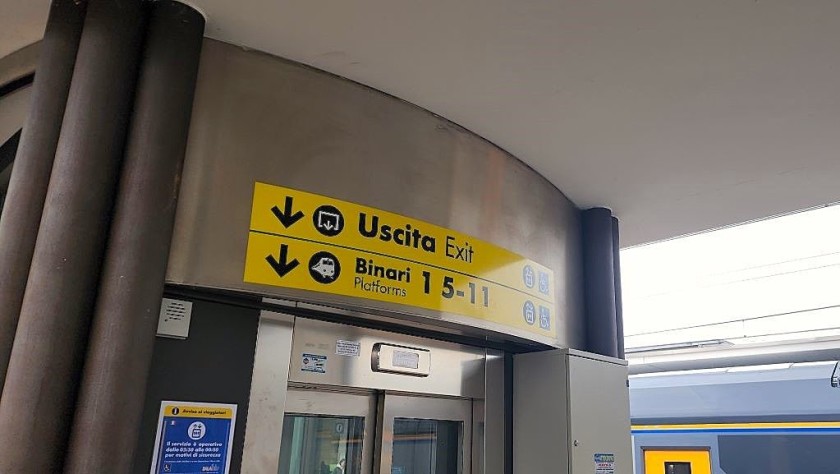

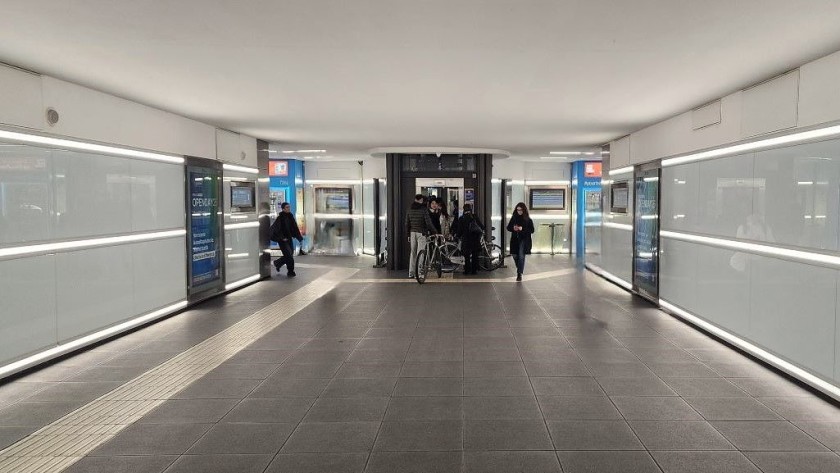
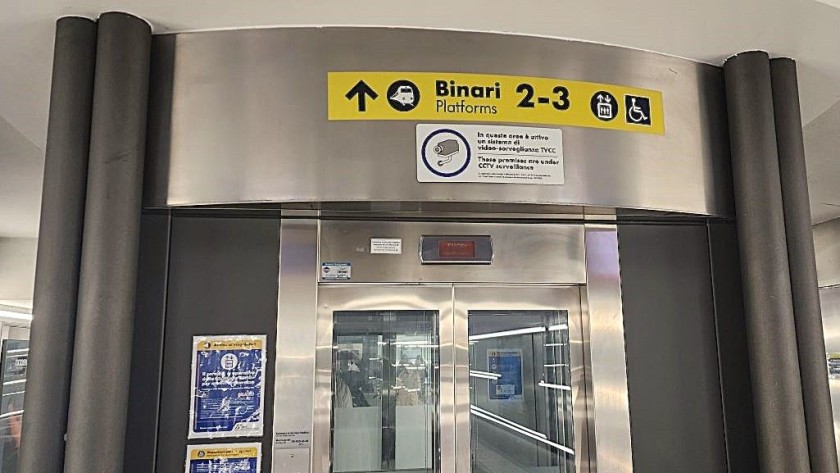
At Padova station the main station buildings are right beside binario (track/platform) 1, which is used by the trains heading to Bologna, Firenze, Roma and Bari
The other binari (platforms/tracks) are linked to the main station building by a passage way located under the railway lines.
The recent rebuilding work at Padova station has transformed this passage way and the access to the trains for the better.
The passage way is now equipped with smart elevators which connect it with each of the pairs of binari (tracks/platforms) that it serves, so when arriving or departing from binari 2-9, there is an alternative to using the stairs.
The trains towards Verona and Milano usually depart from binario (track/platform) 3.
Though if you know that you’ll want to use the elevators to access a train, it’s a good idea to be ready to board a train from Padova at least 10 minutes before it is due to depart, that’s because there is only one elevator which connects the main station building to the passage way, so queues can inevitably build up at busy times.
To the city centre:
Padova station is located on the northern edge of the city centre, but if offers particularly easy access to its most iconic sight, the Capella Degli Scovegni.
To find it go straight ahead from the exit from the station, keeping to the left hand side of the main street named ‘Corso de Polpelo, after around 10 -15 minutes you will cross a stream and on the south bank of it, there is a park which houses the chapel.
The bridge marks the barrier between modern Padova and its beautiful city centre, in common with most Italian stations, the area in front of the station is an anti-climax, the cities treasures are all hidden out of sight.
One idea is to take walk away from the station on the quieter roads, heading in the direction of the Basilica di Santa Maria del Carmine.
Then you can head south from there to explore the city centre.
‘Prato’ – which is located on the spectacular Prato Della Vallee close by the Basilica of Saint Anthony and the Abbey of Saint Augustina.
The Prato Della Valle is on the opposite side of the city centre to Padova station, so the walking time would be around 25 – 40 mins.
So an idea is to walk through the city centre from the station, towards the Prato Della Vallee, detouring off to see the best of Padova on the way, and then you can hop on the tram for the journey back to the station.
Taking the tram
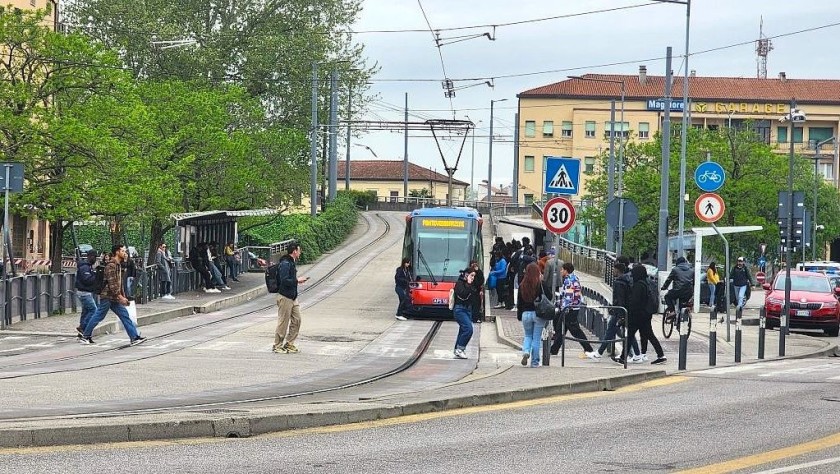
Or there is an alternative to heading off from Padova station on foot, as the city has a tram line, which links the railway station to the city centre.
Tickets for a single or return ride cost €2 and they can be purchased from a ticket machine at the tram stop, which you’ll see over to the right when exiting from the front of the station.
The trams cross over the western end of the railway station on a bridge and the tram stop is on the bend in the road, between the bridge and the street named Corso de Polpelo, which leads away from the station.
The tram stops at;
‘Eremitani’ – which is by the entrance to the Capella Degli Scovegni – though this is only two stops from the station.
‘Ponti Romami’ - which is the stop in the heart of the city, closest to the main university building, the Palazzo della Ragione and the Cathedral di Santa Maria Asunta and Piazza dei Signori.
Journeys
# Jump to a directionDirections
Journeys to Padova
Jump to directionsBologna to Padova / Padua by train
Firenze / Florence to Padova / Padua by train
Milano / Milan / Mailand to Padova / Padua by train
Roma / Rome to Padova / Padua by train
Torino / Turin to Padova / Padua by train
Venezia / Venice / Venedig to Padova / Padua by train
Verona to Padova / Padua by train
This second version of ShowMeTheJourney is exciting and new, so we are genuinely thrilled that you are here and reading this, but we also need your help.
We’re striving not to let anything get in the way of providing the most useful service possible, hence a facility has been set up with DonorBox which can be used to support the running costs and make improvements.
Instead of advertising or paywalls, your financial support will make a positive difference to delivering an enhanced service, as there’s a lot of ideas which we want to make happen.
So if you have found the info provided here to be useful, please consider saying thank you.

This is one of more than 100 train travel guides available on ShowMeTheJourney, which will make it easier to take the train journeys you want or need to make. As always, all images were captured on trips taken by ShowMeTheJourney.



